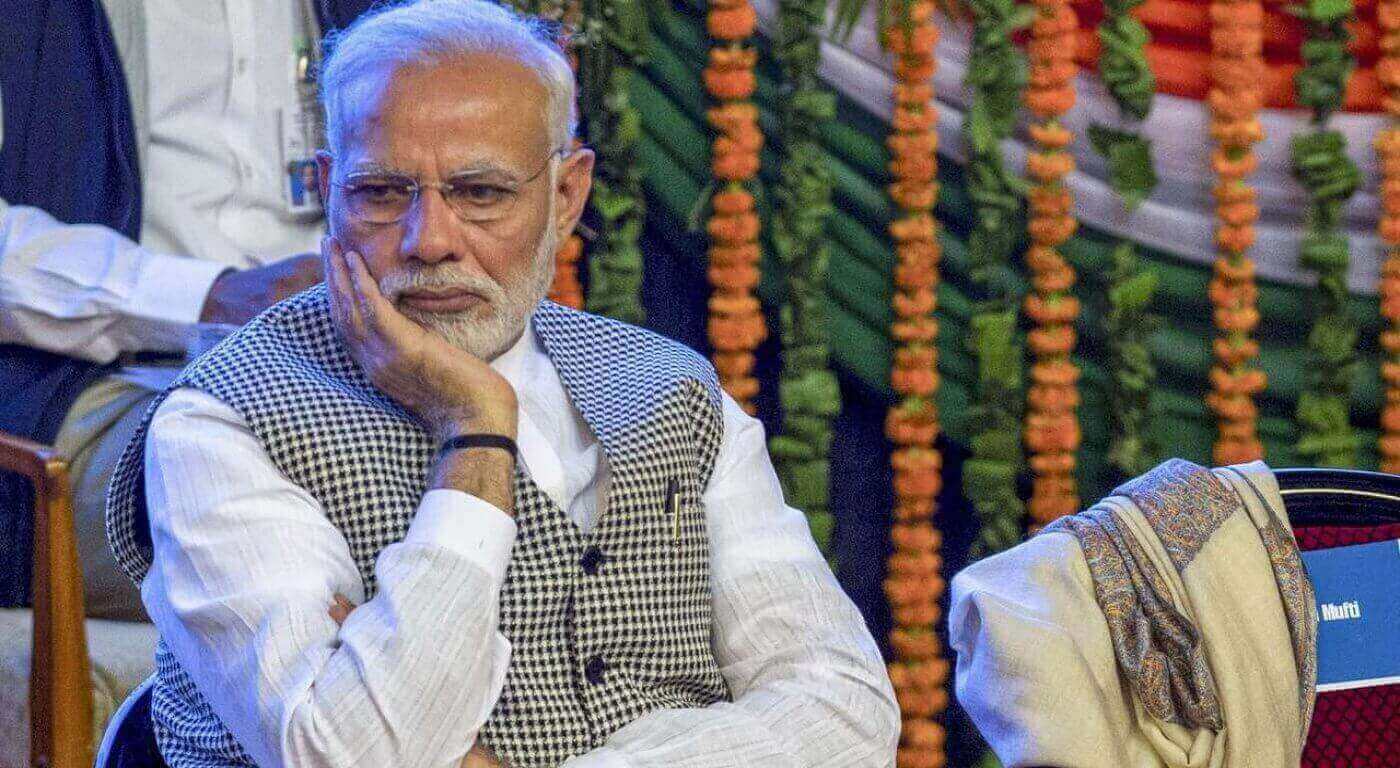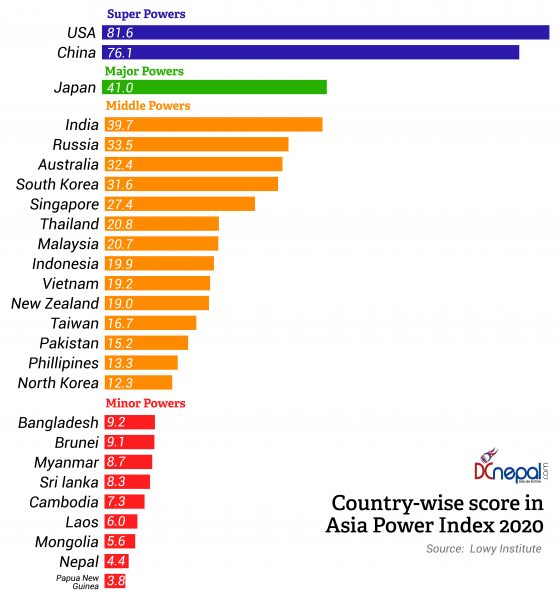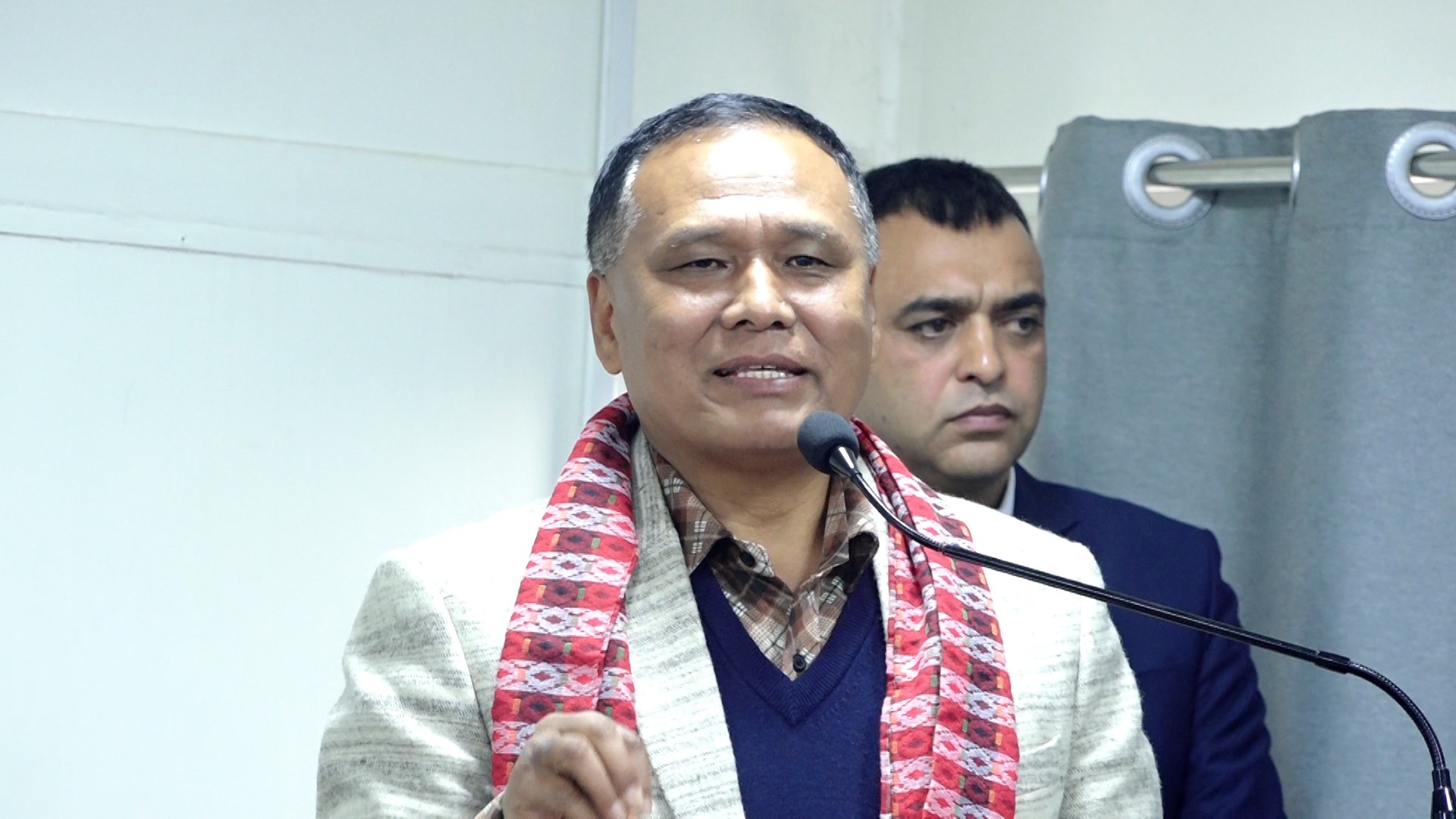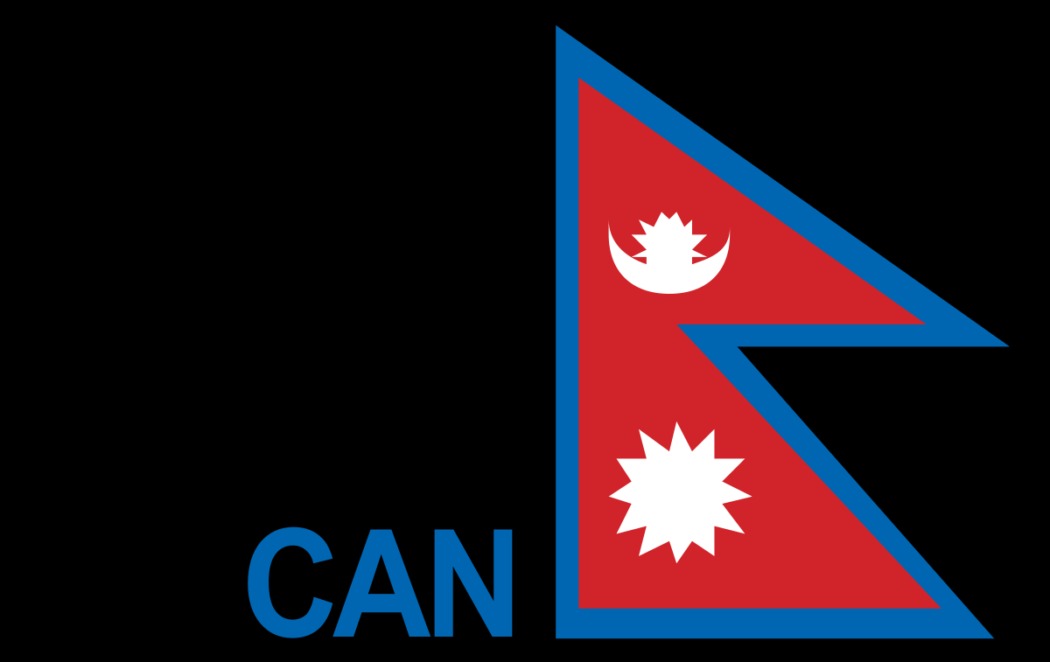India struggles to maintain GDP per capita, falls back on its “major power” aspirations

Kathmandu. A report released by the International Monetary Fund (IMF) has set the Indian media in a frenzy. According to the 2020 predictions by IMF, India has been severely hit by the global pandemic and its economy is projected to contract by 10.3% this year.
What has been a matter of confusion for many has been that the projection has listed India’s Gross Domestic Product (GDP) per capita below that of even Bangladesh, that was once considered to be one of the poorest countries in the world when the state was established in 1971. On the basis of purchasing power parity (PPP) that adjusts the cost of living in a particular state, however, “India’s GDP per capita of $6,284 is still well above Bangladesh’s $5,139,” as per the Foreign Policy magazine. The report has indicated that economic growth for India would depend on income, and not jobs.
GDP per capita is drawn by taking the total GDP of a country and dividing it by the total population. It basically derives the country’s economic output per person. According to the Indian Express, in this regard India’s economic growth has been on a steady decline since 2017, and Bangladesh has been rising since 2004. Furthermore, within the 15-year period, India’s population has grown by 21%, while Bangladesh’s population has been growing at a rate of 18%. The analysis has also taken into account the fact, that within the crisis generated by COVID-19, India’s economy will contract by a certain percentage, whereas, Bangladesh will witness a growth of almost 4%. It has been predicted that India will see some growth next year, though it will run close with Bangladesh, owing to the latter’s low population growth compared to its rising economy.
Additionally, the Sydney-based independent think tank, Lowy Institute publishes a power index each year that maps the capabilities and reach of different states in the Asian continent, based on eight fields of measurement. The index factors in the economic and military capabilities, resilience, future resources, economic relationships, cultural and diplomatic influences, as well as defense networks. India in the 2020 Asian Power Index has scored a total of 39.7 out of 100, raking 4th on the list that includes 26 countries. It’s score has dropped by 1.3 points from 2019.
A total score of 40 is required to reach the major power threshold and the COVID-19 crisis, that has put a remarkable strain on India’s economy and health services, has been considered to be one of the reason for the state not meeting the benchmark. China, ranks 2nd on the list and has a total score 76.1, mostly due to its growing economic presence in the region, especially in states like Nepal where it has replaced India as a top foreign investor.

India, had backed out from the Regional Comprehensive Economic Partnership in 2019, that would have provided the signatory states within the Asia-Pacific region with an unrestricted access to each other markets. This step has been cited in the report as an important reason for why India achieved dropped in the ranking this year.
So, far the United States has ranked the highest within the Index with a score of 81.6, and Japan, a major power has ranked third with a score of 41.0. China and the US have emerged as the superpowers within the set considerations. Australia has ranked sixth, and has been referred to as a middle power with a score of 32.4, bringing all four Quad nations in the top 6, within the list of states that have a significant reach in the continent.
Facebook Comment
latest Video
Trending News
- This Week
- This Month

















